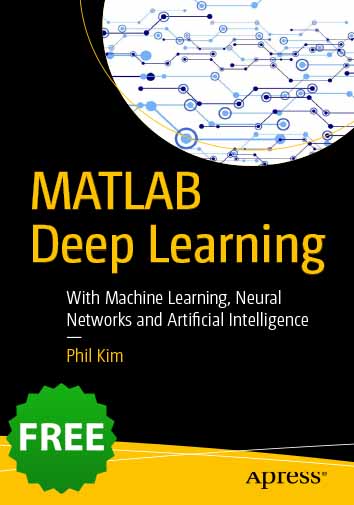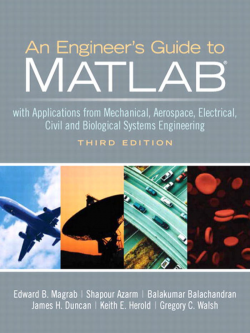Description
I was lucky enough to witness the world’s transition to an information society, followed by a networked environment. I have been living with the changes since I was young. The personal computer opened the door to the world of information, followed by online communication that connected computers via the Internet, and smartphones that connected people. Now, everyone perceives the beginning of the overwhelming wave of artificial intelligence. More and more intelligent services are being introduced, bringing in a new era.
Deep Learning is the technology that led this wave of intelligence. While it may hand over its throne to other technologies eventually, it stands for now as a cornerstone of this new technology. Deep Learning is so popular that you can find materials about it virtually anywhere. However, not many of these materials are beginner friendly. I wrote this book hoping that readers can study this subject without the kind of difficulty I experienced when first studying Deep Learning. I also hope that the step-bystep approach of this book can help you avoid the confusion that I faced.
This book is written for two kinds of readers. The first type of reader is one who plans to study Deep Learning in a systematic approach for further research and development. This reader should read all the content from the beginning to end. The example code will be especially helpful for further understanding the concepts. A good deal of effort has been made to construct adequate examples and implement them. The code examples are constructed to be easy to read and understand. They are written in MATLAB for better legibility. There is no better programming language than MATLAB at being able to handle the matrices of Deep Learning in a simple and intuitive manner. The example code uses only basic functions and grammar, so that even those who are not familiar with MATLAB can easily understand the concepts. For those who are familiar with programming, the example code may be easier to understand than the text
of this book.
The other kind of reader is one who wants more in-depth information about Deep Learning than what can be obtained from magazines or newspapers, yet doesn’t want to study formally. These readers can skip the example code and briefly go over the explanations of the concepts. Such readers may especially want to skip the learning rules of the neural network. In practice, even developers seldom need to implement the learning rules, as various Deep Learning libraries are available. Therefore, those who never need to develop it do not need to bother with it. However, pay closer attention to Chapters 1 and 2 and Chapters 5 and 6. Chapter 6 will be particularly helpful in capturing the most important techniques of Deep Learning, even if you’re just reading over the concepts and the results of the examples. Equations occasionally appear to provide a theoretical background. However, they are merely fundamental operations. Simply reading and learning to the point you can tolerate will ultimately lead you to an overall understanding of the concepts.






نقد و بررسیها
هیچ دیدگاهی برای این محصول نوشته نشده است.